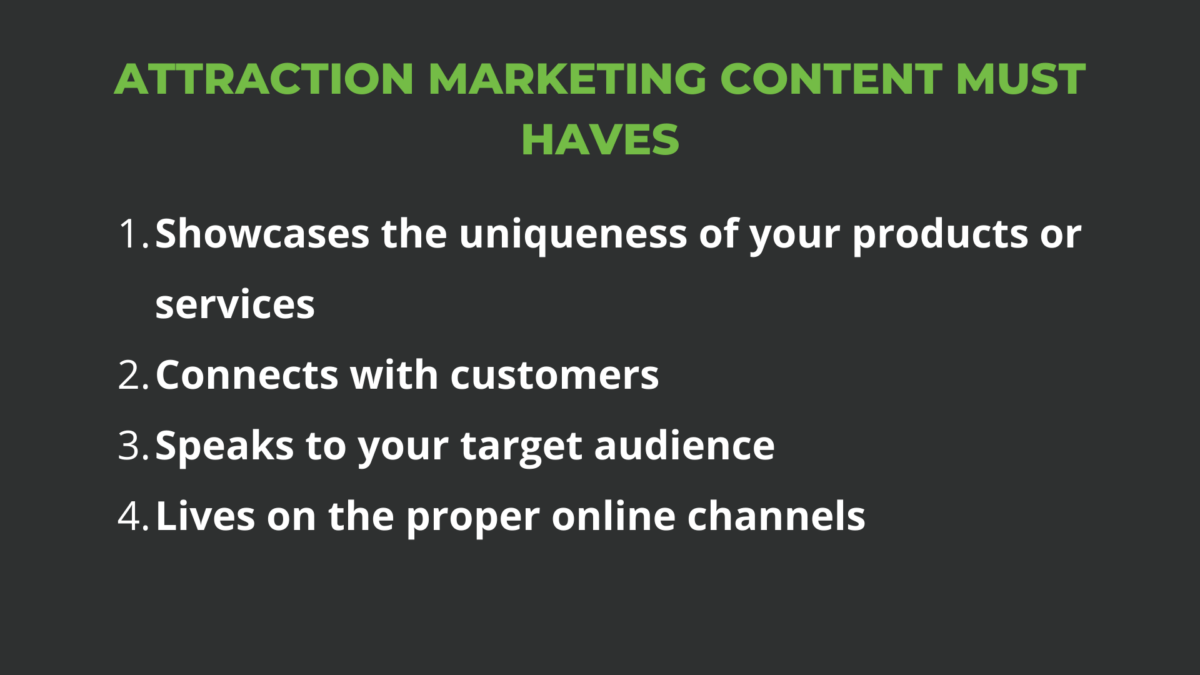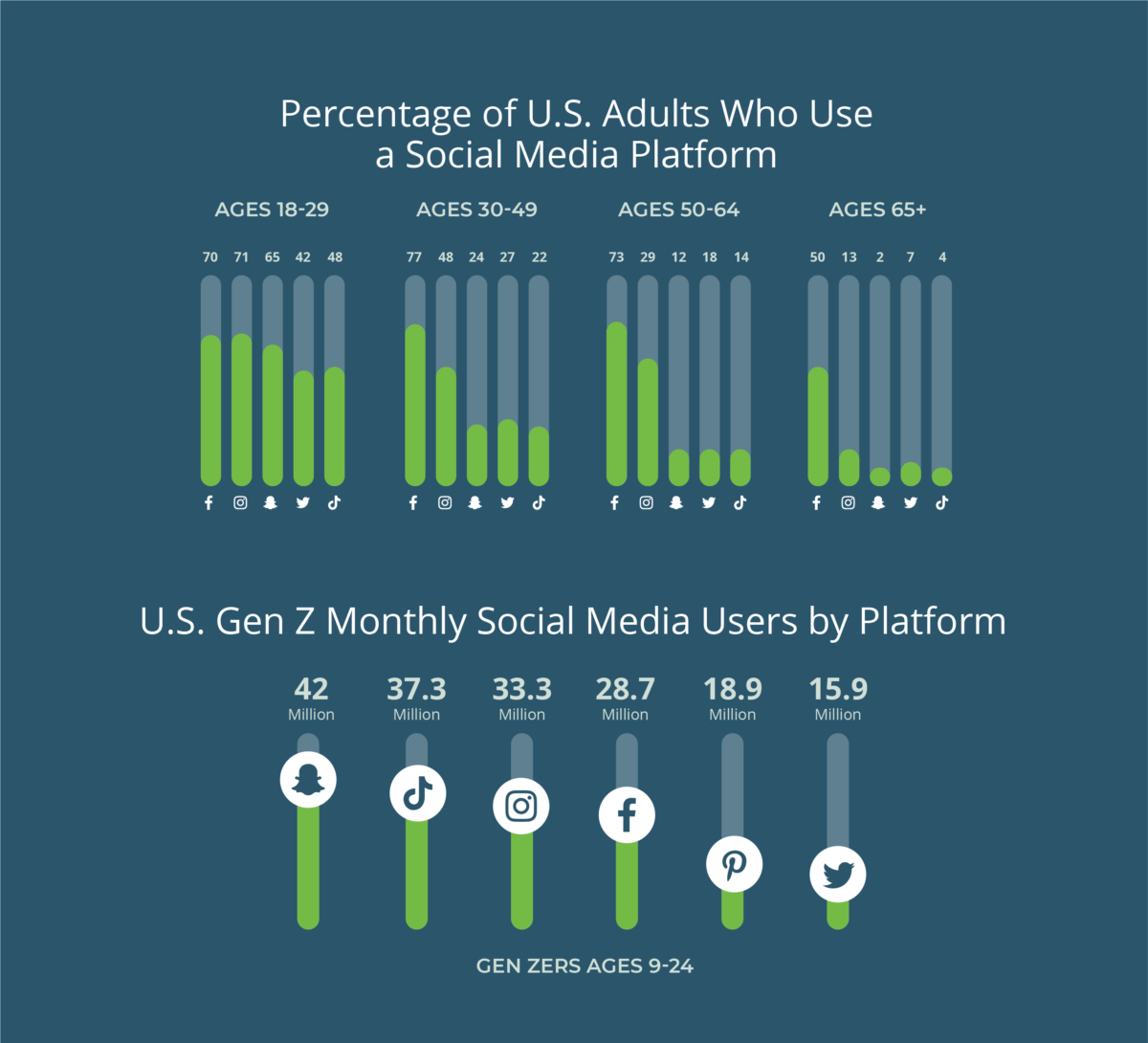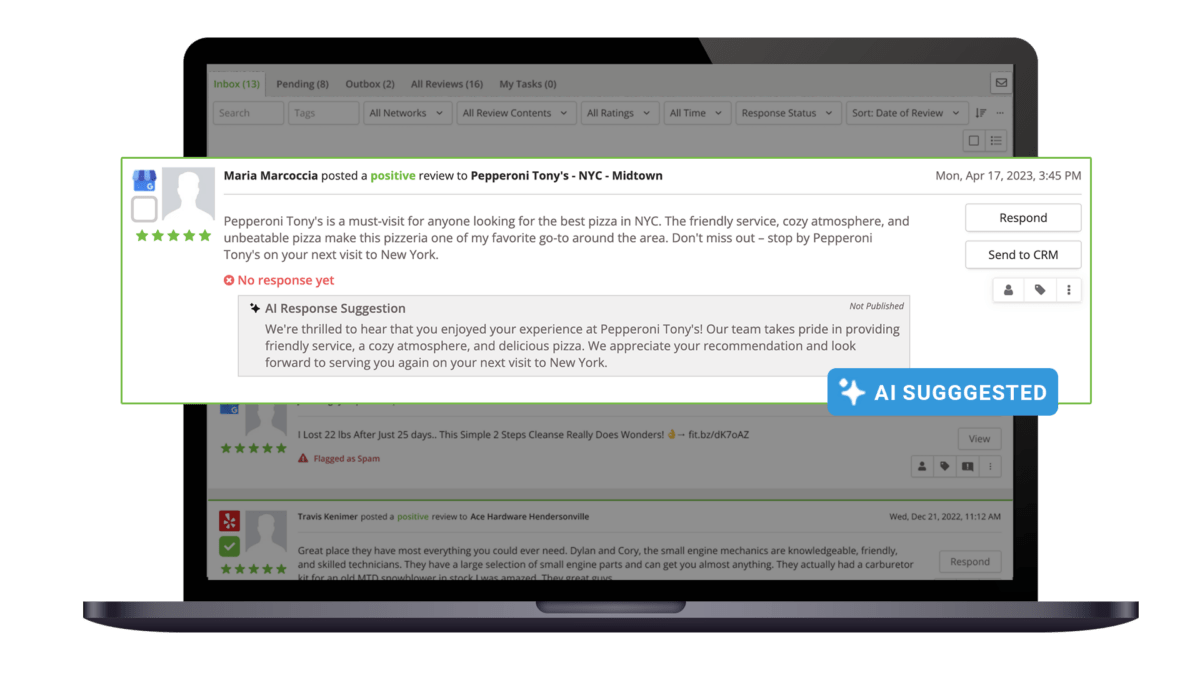Attraction Marketing: What It Means and Why It’s a Must

Attraction Marketing: What It Means and Why It’s a Must
In today’s digital world, there are multiple marketing strategies you can leverage to get consumers’ attention. One of these techniques is attraction marketing, which draws people towards your business and products while establishing a strong personal bond and connection with consumers.
What is Attraction Marketing?
Attraction marketing is the process of acquiring consumers by highlighting your brand, products, or services and making them desirable rather than pushing consumers to buy them.
Attraction marketing is a type of inbound marketing that creates valuable content that aligns with your customers’ needs and fosters a relationship with them.
It is often more subtle than outbound marketing, which consists of TV, print, display, or PPC ads. Attraction marketing focuses on drawing people toward your business and products rather than pushing them to buy.
Furthermore, with attraction marketing, you want to position yourself as an expert and authority figure in your industry by showcasing your knowledge, insights, and how your product differs from competitors.
What Qualifies As Attraction Marketing Content?
Typically, your multi-location brand should generate attraction marketing campaigns through content. This content can take the form of:
- Blog posts
- High-quality images and videos
- Infographics
- Whitepapers
- eBooks
- Reviews and testimonials
- Product screenshots
- Webinars
- Checklists
- Strategy guides
- Templates
- Competitor comparisons
Regardless of the content type, ensure that your attraction marketing content does one or more of the following — ideally, all four.

Remember, with attraction marketing, you’re pulling customers to you. You want to educate them about a topic or your products and services. This technique should help make your brand a trusted thought leader in your industry.
For instance, if you’re a hotel and resorts company, you might produce social media reels of guests enjoying their stays at different locations. If you’re a retail clothing company, you could create an infographic for summer style tips that keep you from getting sunburnt.
Four Attraction Marketing Tips
Below are a few best practices your brand can leverage when implementing your attraction marketing content and strategy.
1. Choose the Right Channels
Knowing and defining your target audience is a large part of choosing the best channels to promote your efforts on. Understanding your target audience’s demographics, like age, ethnicity, interests, gender, income levels, etc., will impact which social media platforms you prioritize, locations or areas you target via geofencing, and the content you produce.
For instance, Gen Z teens gravitate towards short videos, with 40 percent preferring reels, stories, or TikTok videos when seeing brand ads on social media. Therefore, if your target audience is Gen Z or younger millennials, you’ll want to post short and informative videos on the above-mentioned platforms.
Below, you’ll find a breakdown of the most popular social media platforms for each age group in 2021.

This data likely varies by industry, but it’s helpful to know as you define your target audience. Once you determine which channels to leverage, you can start thinking of creative ways to promote your content, which we’ll dive into next.
2. Utilize UGC, Brand Advocates, and Influencers
As mentioned, with attraction marketing, you want to draw consumers in. You can do so through user-generated content (UGC) or by working with influencers and brand advocates. Let’s discuss UGC first.
Creating User-Generated Content
UGC is any content such as images, video testimonials, or reviews created by people rather than your brand. UGC is often unpaid or unsponsored — making it more organic and trustworthy to consumers. According to one study, UGC is 6.6x more influential than branded content.
You can gain UGC in these ways:
- Request and publish online reviews
- Create social media campaigns asking for video testimonials
- Run surveys and polls
Once you have an efficient amount of UGC, you can publish it on your social media pages, website, and elsewhere.
UGC content has become so popular that Amazon, the leading e-commerce site, makes it easy for purchasers to embed photos and videos into their online reviews, which inherently creates more UGC.

Working With Influencers
Partnering with influencers is another way to attract consumers to your products. Influencers are often celebrities or people with expert knowledge or social media sway. Companies typically pay influencers directly or give them discounts and benefits for promoting a brand and its products.
Because of influencers’ expertise and personalities, consumers often admire and trust them. According to one global survey, 80 percent of respondents stated they’d made a purchase based on what they saw from an influencer.
Here’s an example of Le Creuset utilizing an online influencer to promote their products.
Work With Brand Advocates
A brand advocacy program that leverages brand advocates is the third customer-brand partnership you can utilize in your attraction marketing strategy. Brand advocates are often your most loyal customers and will promote and support your brand on their social media accounts or via video testimonials or reviews.
Brand advocates are a great way to improve organic and word-of-mouth marketing. They’re typically willing to speak positively about your products and brand for free, making them ideal for marketing teams with smaller budgets.
A lot of the content brand advocates produce is classified as UGC. However, more often than not, brand advocates promote your brand and products on their social channels, which you can then copy and showcase on your channels.
Lastly, note that when working with paid influencers or brand advocates, you must adhere to the Federal Trade Commission’s (FTC) endorsement and testimonial guidelines.
3. Be a Subject or Product Expert
Another component of attraction marketing is showcasing your products and services. The best way to do this is by being a subject matter or product expert. Consumers care about product or service capabilities, costs, and what differentiates them from competitors.
We recommend using videos to immediately grasp consumers’ attention and showcase product details. ECHO-USA does a superb job highlighting its products’ features and benefits on its product pages with informative product descriptions and videos.

As a marketer, it’s your job to showcase what makes your brand stand out. By doing so, you’ll attract new customers and ultimately boost sales.
4. Engage and Respond to Customers’ Reviews
Lastly, a piece of a robust attraction marketing strategy is showing consumers you care. Online reputation management, which includes responding to online reviews, is one of the best ways to build customer trust and loyalty.
According to one study, 77 percent of consumers “regularly” or “always” read online reviews of local businesses. Furthermore, 40 percent of consumers expect a response to their negative reviews in under 24 hours.
Responding to online reviews shows current and potential clients that you care about their opinions and feedback.
Here are a few review response strategies:
- Prioritize the most recent negative reviews first, then the most recent positive ones
- Personalize your responses by using the reviewer’s first name and apologizing for any mishaps or misunderstandings
- Remain objective and don’t take online reviews too personal
- It’s not necessary to respond to no-text reviews since there’s no context for the ratings
Download The Multi-Location Marketer’s Guide to Online Reputation Management for more review response and management strategies.
As you can see, attraction marketing has emerged as a powerful marketing strategy to draw customers in and establish meaningful relationships.
Your brand can effectively implement an attraction marketing strategy by creating valuable content, showcasing your expertise, and leveraging UGC and influencers. These tactics can help differentiate you from competitors.
If you’re a multi-location enterprise, it’s even more challenging to implement an attraction marketing strategy across numerous locations. That’s where SOCi comes in.
SOCi’s comarketing products are built for multi-location enterprises. For instance, SOCi Social makes managing and deploying posts to your local social profiles on all major social media platforms easy. You can also quickly analyze top-performing content and replicate it across other locations.
You can also use SOCi Genius Reviews to manage and respond to reviews. SOCi’s recent integration with OpenAI’s GPT-4 allows for highly customizable and intelligent review responses with AI technology.

Request a demo today for more information on SOCi’s comarketing products and software, and learn how we can help you develop a winning attraction marketing strategy!






